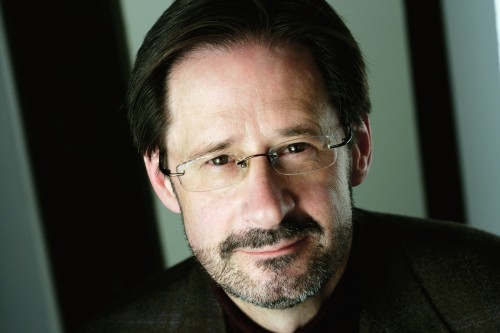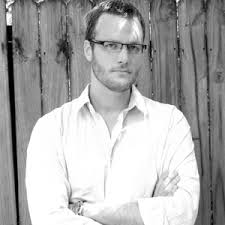
The Eastman Wind Orchestra performs Pulitzer Prize-winner Steven Stucky’s Threnos this Wednesday in Kodak Hall.
By Eric Laprade
The Eastman Wind Orchestra, under the direction of Professor Mark Davis Scatterday, will present its first concert of the spring semester on Wednesday, February 3, 2016 at 8 p.m. in Kodak Hall at Eastman Theatre.
The program will include repertoire both old and new. Prokofiev’s classic “March”, opus 69, no. 1, will open the program. The march was originally composed for the 1936 Olympic games in Berlin. Prokofiev titled the work “March for the Spartakiad” in honor of the Russian festival of the same name and the ancient warriors of Sparta. The march is both positive and nationalistic in nature, with catchy melodies and the energy, colors, and spirit of a large Russian festival.
Threnos — a lament or dirge — was composed by Steven Stucky after the loss of a close friend. Stucky writes, “the music is dominated by three elements: the forceful arpeggiated gesture heard at the opening; the constant tolling of bells, and a fragment of lament-like melody first heard in the oboe. At its climax, the music takes up this oboe melody in a full-throated cry of grief.
The first half of the program will close with Michael Daugherty’s exciting work, Niagara Falls. The composer describes his inspiration for the work:
This composition is inspired by my many trips to Niagara Falls. It is a musical ride over the Niagara River with an occasional stop at a haunted house or wax museum along the way. Its principal musical motive is a haunting chromatic phrase of four tones corresponding to the syllables of Niagara Falls, and repeated in increasingly gothic proportions. A pulsing rhythm in the timpani and lower brass creates an undercurrent of energy to give an electric charge to the second motive, introduced in musical canons by the upper brass. The saxophones and clarinets introduce another level of counterpoint, in a bluesy riff with a film noir edge. My composition is a meditation on the American Sublime.
The second half of the program will open with an exciting new work for winds, Hivemind by Peter Van Zandt Lane. The work was composed in 2014 and premiered by the Sydney Conservatorium Wind Symphony. The composer describes the work as an “exploration of the idea of consensus building. Scattered themes and fragments gradually come together into more cohesive units. Melodies emerge from buzzing textures, trying to make sense of conflicting harmonies. Instruments imitate each other in different ways, until they finally agree on how the music goes, in the more climactic moments of the piece”. The work also features a pair of percussionists, positioned on opposite sides of the stage, which add another level of antiphony to the work.
The concert will close with Robert Russell Bennett’s iconic and timeless Suite of Old American Dances. After hearing a performance of the Goldman Band, Bennett was inspired by the tonal possibilities and colors of the American wind band. The Suite of Old American Dances was the result — five movements that reflected popular dances of the day. From the syncopated kick of the “Cakewalk” to the singing melodies of the “Western One Step”, the suite is a true representation of American dance and culture in the first half of the twentieth century
Eastman Wind Orchestra
Mark Davis Scatterday and Eric Laprade, conductors
Wednesday, February 3, 2016
8 p.m.
Kodak Hall at Eastman Theatre
